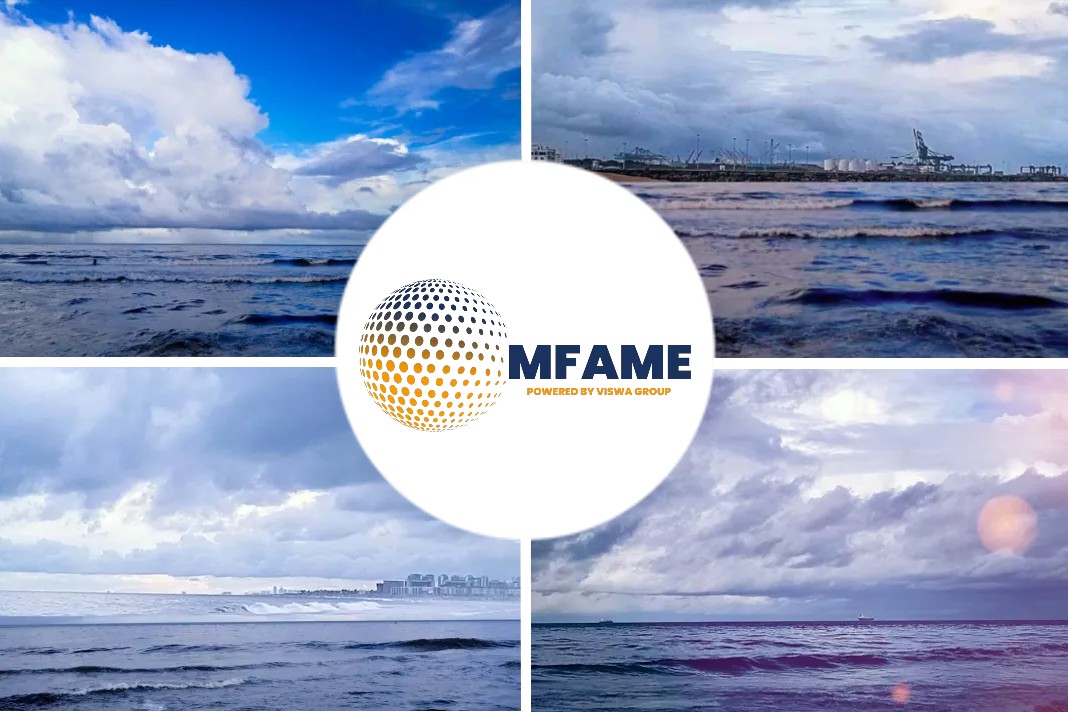
MIN 664 (M) Amendment 2: Safety climate tool (SCT) for the maritime industry, mentions a Gov.UK news source.
Summary
Safety culture can be described as a collection of beliefs, perceptions, and attitudes employees share about safety in an organization.
Poor safety culture is a root cause of many maritime accidents. The Maritime and Coastguard Agency (MCA) has collaborated with the Health and Safety Executive (HSE) to build on the success of the safety climate tool (SCT) by making it more applicable to the maritime industry.
The SCT is designed to assist companies with the measurement and continuous improvement of safety culture onboard.
Amendment 2 outlines details on the well-being at sea tool. No further content changes have been made.
1. Background
1.1 Safety culture can be described as a collection of beliefs, perceptions, and attitudes employees share about safety in an organisation.
1.2 It has been shown that a poor safety culture is the root cause of many incidents within the workplace, and the remote nature of a lot of seafarer roles means an incident is often serious, even fatal.
1.3 In the maritime industry, poor safety culture has been and continues to be identified as a root cause in many serious maritime incidents such as: the titanic, the herald of free enterprise and, more recently, costa concordia.
1.4 A positive safety culture can increase productivity, improve the credibility and reputation of a company, and reduce accidents.
1.5 Symptoms of a poor safety culture include widespread and routine procedural violations, failure to comply with the company’s own safety rules and poor management decisions that prioritise production or cost over safety.
2. Maritime safety climate tool (STC)
2.1 The SCT is designed to assess the attitudes of individuals within an organization towards health and safety issues, then delivers an objective measure of safety culture – the ‘way things are done’ organizations. This version of the safety climate tool has been specifically adapted to cater to the needs of the maritime industry, collaborating.
2.2 Using a simple, online questionnaire, the safety climate tool will explore employees’ attitudes and perceptions in key areas of health and safety, while guaranteeing anonymity. Once the survey has been completed, it will generate a comprehensive report and provide guidance to help improve the organisation’s safety culture.
2.3 Benefits of the maritime SCT include:
- it caters to the needs of the maritime industry – including the ability to breakdown results by relevant demographics and job roles.
- ability to benchmark data against industry standards.
- automatically analyses the responses and generates a valuable summary report of the results.
- examines employee and management results for comparison.
- creates bespoke reports of your chosen demographics to highlight key priorities.
- provides suggestions for next steps and recommendations how to address them
- can be used at any time from your own secure web account, making the process simple, quick, and convenient
2.4 For more information about the maritime SCT including webinars demonstrating the use of the tool, visit the Health and Safety Executive website.
2.5 For those interested in more tools to understand and support their seafarers, the MCA has launched the wellbeing at sea tool (12th July 2022) which is a digital survey that is completed by seafarers and on completion provides personalised advice on how to improve wellbeing at sea. The anonymised data it collects is then sent to managers to help them identify priority areas for improvement and highlight best practice. For more information on this voluntary tool, please see MIN 680 (M) wellbeing at sea.
Did you subscribe to our daily newsletter?
It’s Free! Click here to Subscribe!
Source: Gov UK


















